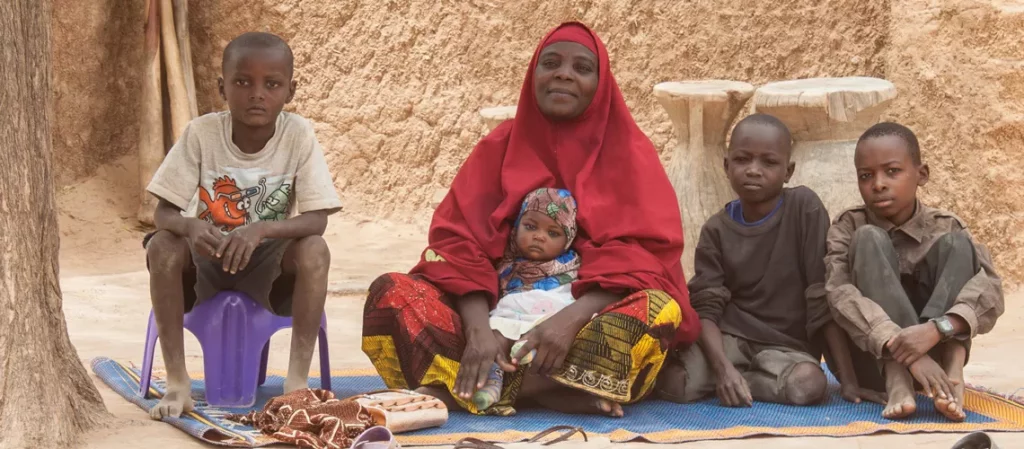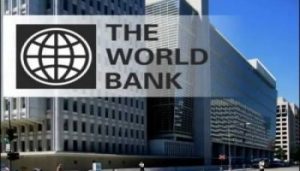
Sub-Saharan Africa (SSA) now accounts for 60 per cent of the population in extreme poverty, recording 389 million more than any other region, the World Bank has said.
The Bank notes that the region’s poverty rate is about 35 per cent, the world’s highest.
The Bretton Wood institution said to achieve the 2030 poverty goal, each country in the region would need to achieve per-capita GDP growth of nine per cent yearly for the remainder of this decade. That is an exceptionally high hurdle for countries whose per-capita GDP growth averaged 1.2 per cent in the decade before COVID-19.
The bank’s latest ‘Poverty and Shared Prosperity Report’ provides the first comprehensive look at the global landscape of poverty in the aftermath of the extraordinary series of shocks to the global economy over the past few years.
The bank said by 2030, nearly 600 million people will struggle on less than $2.15 a day
It maintained that national policy reforms can help restart progress in reducing poverty, saying stepped-up global cooperation will also be necessary. In fiscal policy, governments should act promptly on three fronts:
The report warned countries to avoid broad subsidies, and increase targeted cash transfers.
“Half of all spending on energy subsidies in low- and middle-income economies goes to the richest 20 per cent of the population who consume more energy. Cash transfers are a far more effective mechanism for supporting poor and vulnerable groups,” it said.
The World Bank urged countries to focus on long-term growth, saying: “High-return investments in education, research and development, and infrastructure projects need to be made today. In a time of scarce resources, more efficient spending and improved preparation for the next crisis will be key.”
It added that mobilizing domestic revenues without hurting the poor is equally key.
“Property taxes and carbon taxes can help raise revenue without hurting the poorest. So can broaden the base of personal and corporate income taxes. If sales and excise taxes do need to be raised, governments should minimize economic distortions and negative distributional impacts by simultaneously using targeted cash transfers to offset their effects on the most vulnerable households.”
In a damn declaration, it said the world is unlikely to meet the goal of ending extreme poverty by 2030.
The study finds that COVID-19 dealt the biggest setback to global poverty-reduction efforts since 1990 and the war in Ukraine threatens to make matters worse.
It estimates that the pandemic pushed about 70 million people into extreme poverty in 2020, the largest one-year increase since global poverty monitoring began in 1990.
As a result, an estimated 719 million people subsisted on less than $2.15 a day by the end of 2020.
In his response to the findings, World Bank President, David Malpass noted: “Progress in reducing extreme poverty has essentially halted in tandem with subdued global economic growth. Of concern to our mission is the rise in extreme poverty and the decline of shared prosperity brought by inflation, currency depreciations, and broader overlapping crises facing development. It means a grim outlook for billions of people globally. Adjustments to macroeconomic policies are needed to improve the allocation of global capital, foster currency stability, reduce inflation, and restart growth in median income.
The alternative is the status quo—slowing global growth, higher interest rates, greater risk aversion, and fragility in many developing countries.”








